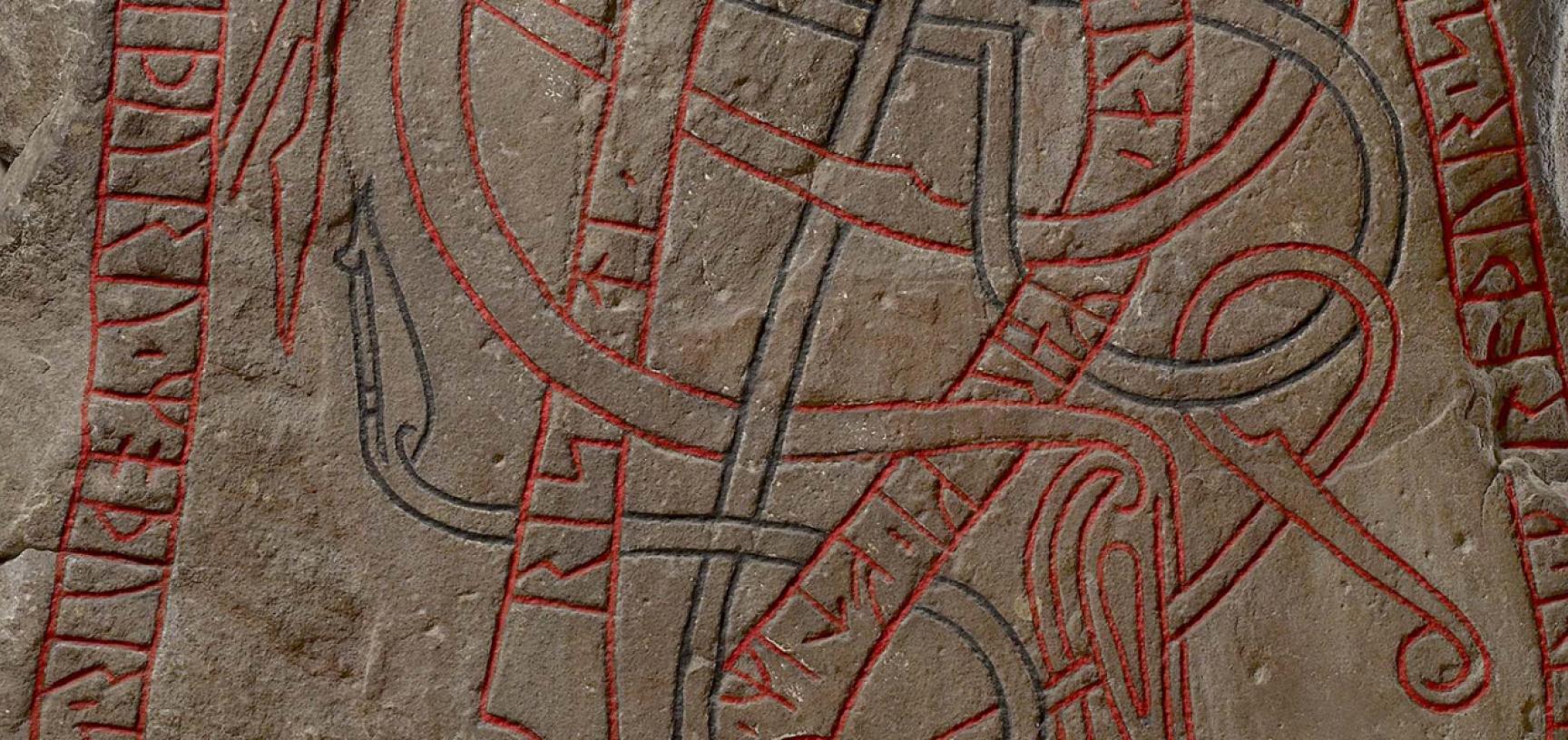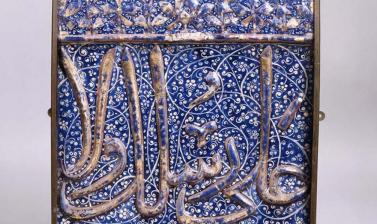READING AND WRITING
This gallery shows how reading and writing have developed globally in different cultures over thousands of years. The examples in the museum’s collection give a voice to people in the past and show different ways in which they have recorded facts, ideas and stories.
The large freestanding Runestone from Sweden is a classic example of how writing preserves extraordinary stories from the past. This monument, carved around AD 1050 to 1100, is a memorial to a father and son who were Scandinavian mercenaries in the service of the Byzantine emperor in Greece.
You can also find out in this gallery how scholars have unravelled texts in dead languages to unlock doors into whole new areas of studying past cultures. Discover the extraordinary lengths to which the 19th-century scholar, Henry Rawlinson, went in his 12-year quest to decipher the ancient cuneiform script by repeatedly climbing a cliff face in Persia, and painstakingly recording the texts carved into the rock during the reign of Darius I (521 to 486 BC). The importance of contemporary scientific techniques, such as multispectral imaging, in the study of aged and damaged documents is also highlighted.













